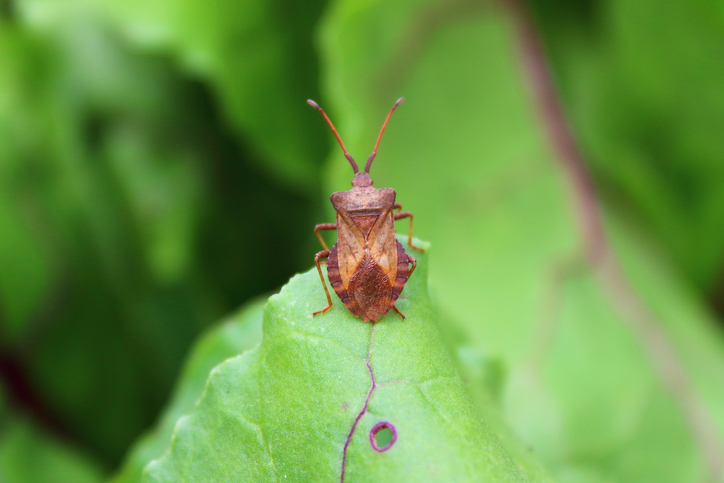Chinch bugs and billbugs are constantly trying to compromise the health of your lawn. And Chinch bug damage (along with billbug damage) is not to be taken lightly. So, if your lawn is already showing the signs of these lawn-killing insects, or if you’re hoping to decrease your risk of them showing up at your house this summer, here are some tips.
What Are Billbugs?
Before we get into how to keep chinch bugs and billbugs away from your lawn, let’s find out some facts, first.
Billbugs are beetles with long snouts or bills and use their strong jaw to chew their food. Their markings (and colors) vary from clay yellow to reddish-brown to jet black.
How Billbugs Cause Damage
These beetles feed on grass stems near the surface of the soil. This is how they do most of their damage.
Types of Billbugs
Billbug damage can be caused by both the adult and larvae.
The adult billbug resembles a little beetle. Its defining feature is its large snout, or bills, from which it gets its name. It eats grass stems above the soil's surface.
Billbug larvae live in the dirt and eat straight from the ground. They also move around, which can kill your grass in multiple areas.
When You Might See Signs of Billbug Damage
The first visible signs of billbug damage are typically seen by mid-June. This is when individual turfgrass plants start to decline.
Early damage will appear as dead spots about 2-3” in diameter. But as the damage spreads, these spots may come together and are not recovering. Then you’ll start seeing larger, irregular dead patches on your lawn.
You can test the dead grass areas by pulling out the sections of grass. If they easily come up from the soil, there is a good chance you have billbug damage.
What are Chinch Bugs?
Not to be outdone, chinch bugs are mostly found in areas of direct sunlight on your lawn. They’re seldom found in shady areas. Chinch bugs feed on a large variety of grasses. They especially like perennial ryegrass, Kentucky bluegrass, red fescues, and creeping bentgrass.
How Chinch Bugs Cause Damage
They damage your lawn by inserting their slender beak into the grass and literally sucking out the plant juices and releasing a toxin.
What Chinch Bug Damage Looks Like
The first thing you’ll probably notice are patches of dead grass. Chinch bugs can fly, so it’s hard to pinpoint where they may be coming from.
How to Control Chinch Bugs and Billbugs
A billbug or chinch bug infestation is not something that you want to have to deal with. But if you find chinch bugs and/or billbugs, there are some things you can do to control them.
Because you won’t see billbug and chinch bug damage until the hot, dry weather begins, you could mistake it for drought stress. But studies in Michigan demonstrate that adequately watering your lawn throughout the summer (preferably weekly deep watering) will better prepare it to tolerate chinch bug populations without sustaining damage.
Let Lush Lawn Help
Grub control is an important part of any lawn care program. If you think you might have them, contact Lush Lawn today. One of our lawn care experts will come to your home to give you a free estimate. Or they can schedule insect control for your lawn today!
